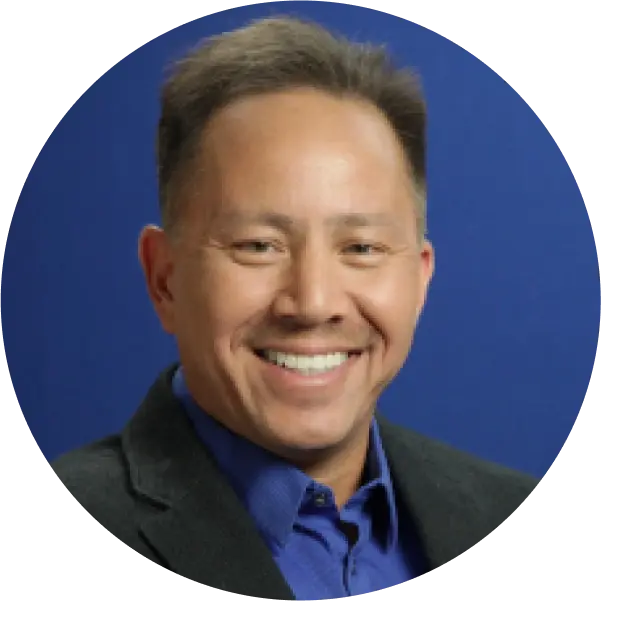Q: What would you say are the main challenges that you and your team address?
Leon Roose: My group focuses on power systems, particularly within the broader context of the energy transition. We work on everything from grid-wide issues — where we often use tools like SAInt — to grid-edge solutions. A growing area of focus for us is the intersection between transportation, electrification, and the power infrastructure.
Much of our work is technical and economic in nature. While some projects are academic, most are highly applied. We frequently collaborate with governments, regulators, and utilities, especially in the Asia-Pacific region, helping them address complex energy challenges. Capacity building is a big part of what we do — we aim not only to deliver the solutions our stakeholders need, but also to empower them with the knowledge and skills to manage their systems independently in the future.
Q: Why did you choose SAInt as a tool for your projects, and how has it been useful in your work?
Leon Roose: When working on big-picture energy transition issues — like renewable integration studies for countries aiming to hit future renewable energy targets — we need to answer questions like: How do they get there? What will it cost? What’s the strategy? Tools like SAInt are critical for that kind of analysis.
Of course, production cost modeling alone isn’t enough. You also need to look at grid operations, infrastructure, power flow, and sometimes dynamics. There’s a whole suite of work involved. What drew me to SAInt is its ability to handle both the generation side and the transmission side in a more integrated, efficient way. Historically, we’ve used tools that weren’t coupled like SAInt is — and that integration is a real advantage.
Another key factor for me is vendor support. I work with a number of younger engineers who are still building experience with this type of work. Having strong, reliable support is essential for us to use these tools effectively, build internal capacity, and advance the sophistication of our work. So for me, it’s really about two things: the quality and capability of the platform, and the level of support that comes with it.
Q: Is there a current or upcoming project where SAInt is playing a key role that you could tell us about?
Leon: Right now, we’re working on island grids in in the Pacific thhat both are now working to integrate more renewable energy. We’re using SAInt to support this transition. We’ve already been working with both utilities and the encoord team to build grid models and establish baselines. Once that’s done, we’ll start running analytics on different scenarios.
On one island, they already have a relatively high share of renewables but haven’t done this type of in-depth analysis before. As a result, they’re facing significant operational and financial challenges. Our goal is to help them analyze the situation and develop a better path forward.
On the other, operations are running fairly smoothly now, but they have ambitious future goals that will require major grid changes. They also haven’t done this kind of planning before, so we’ll build a model with them and work closely to evaluate their challenges and develop a plan. This kind of work is foundational — it’s the first step utilities need to take to move their energy transition plans forward.
Q: From your experience working across both the economic and operational sides of power systems, what makes SAInt stand out compared to other modeling and planning tools you’ve used?
Leon: I think the biggest differentiator with SAInt is that it offers a unified platform for planning generation, transmission, and distribution of the power system. There have been tools on the market for a long time that handle these areas individually, and while each has its own strengths, they typically don’t work together.
As planners and modelers, we’ve had to work through those limitations. But when you're studying energy transitions — especially in cases where you’re introducing high levels of variable renewable energy (VRE) — it’s essential to analyze both generation and transmission together. And when distributed energy resources (DER) become a bigger part of the system, integrating the distribution side is equally critical.
You simply can’t answer the right questions or plan effectively by looking at just one part of the system. That’s where SAInt stands out — it integrates generation, transmission, and distribution planning within a single platform. In our projects on these island grids, we’ll be digging deep into the distribution level too, since many of the new resources coming online are DER. It’s one interconnected grid, and these systems all interact with each other — even down at the feeder level.
Having that integrated, common platform will make our work more efficient and effective.
Q: Is there anything else you would like to add?
Leon: We’re really excited about our partnership with encoord. We’ve made a significant investment in this relationship, and I’m very optimistic about what it means for us moving forward. This partnership isn’t just about benefiting our organization — it’s about enhancing our ability to support others and deliver meaningful, effective solutions to the stakeholders who rely on us.
encoord is going to be a key part of how we deliver those outcomes.
About Leon
Chief Technologist, GridSTART
Leon joined the Hawai‘i Natural Energy Institute in 2012 as a faculty Specialist where he has spearheaded the formation of GridSTART (Grid System Technologies Advanced Research Team), an HNEI research team focused on the integration and analysis of energy technologies and power systems, including smart grid and micro grid applications.
He was with the Hawaiian Electric Company for 19 years prior serving in numerous management roles, most recently directing the System Integration Department. His career at Hawaiian Electric has included management responsibilities for renewable energy planning and integration, smart grid planning and projects, distribution planning, transmission planning, generation resource planning and procurement, the purchase and distribution of fuel to all utility generating plants, and the negotiation of power purchase contracts for the Hawaiian Electric companies. Leon directed major programs across the utility companies, including Hawaiian Electric’s initiative to integrate large-scale wind energy resources via a proposed HVDC undersea cable system to O‘ahu.
Leon is also a licensed attorney and worked in private law practice in Hawai‘i and has held the position of Associate General Counsel at Hawaiian Electric. He holds a B.S. in Electrical Engineering and a J.D. from the University of Hawai‘i.



